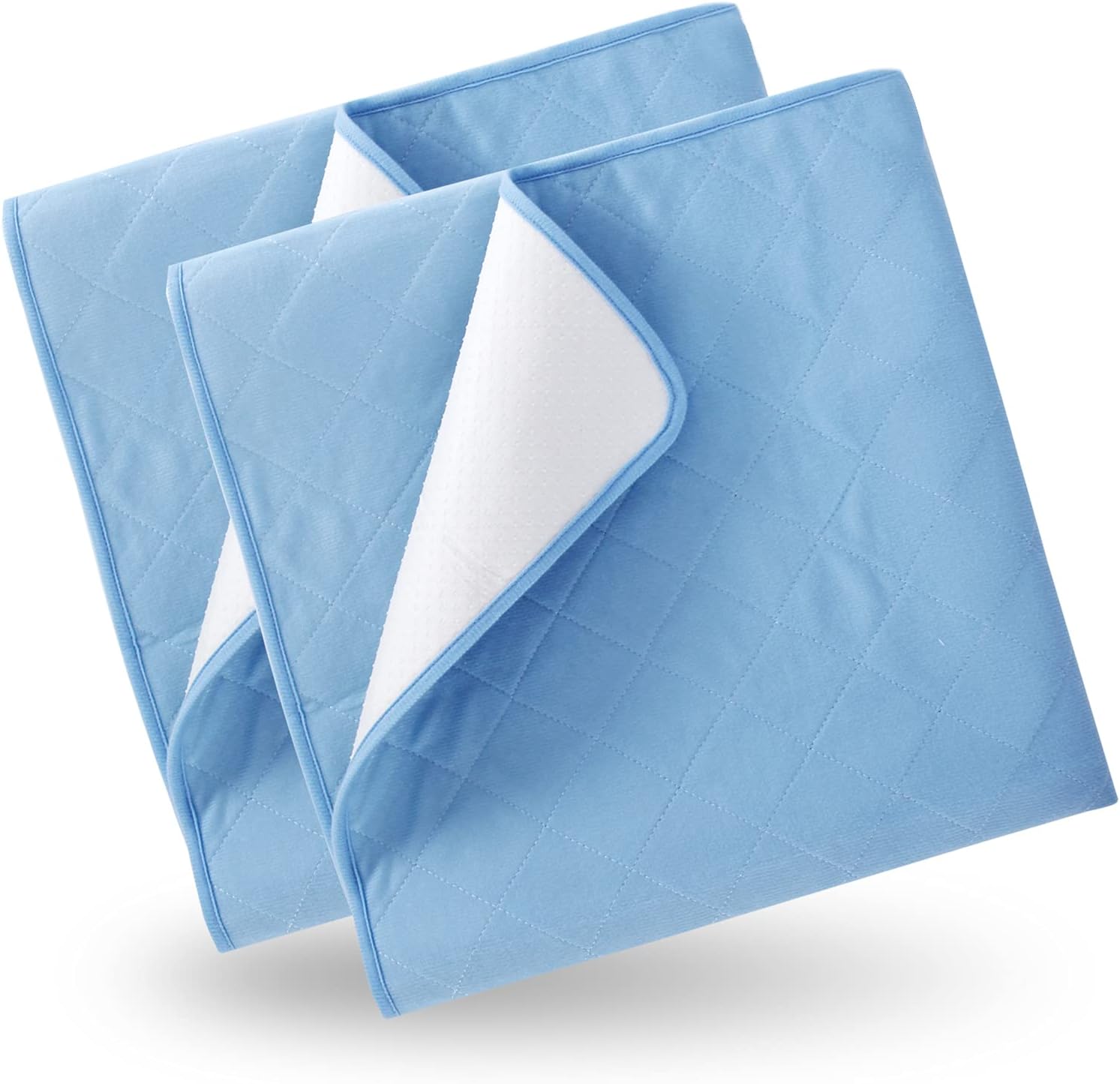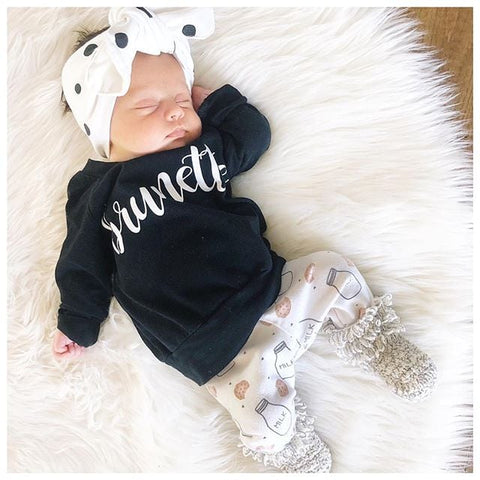With a baby on the way, you are likely going to spend a significant amount of time designing a nursery, which requires making decisions about everything from paint colors to diaper storage. In addition to these design choices, you’ll also have some decisions to make about the place where your little one will spend most of their time — the crib.
Choosing a crib and the correct crib sheet size are major decisions not only for the design of your nursery but also for your baby’s safety. In this article, the experts at Biloban Baby discuss the types of cribs and their corresponding crib sheet sizes so that you can make an informed decision for your new little one.
Choosing The Right Crib sheet Size
Once you have picked out the best crib for your baby, all that’s left to do is to choose the right mattress. While this may seem easy, there are a few things to consider as you shop. The first thing to know is the difference between crib sheet sizes.
When it comes to crib sheet sizes and the safety of your baby, you want to be sure that the crib sheet fits inside the crib snugly with as little space as possible between the two. A large gap can pose a safety risk for your baby.
As a rule, when the crib sheet is inside the crib, you should not be able to fit more than two fingers between it and the crib frame. But let’s talk more specifically about each crib sheet size.
Crib sheet Size: Standard
Dimensions
As you might guess from the name, the standard crib sheet is the typical sheet size for baby cribs.
According to the Consumer Products Safety Commission, a standard (or regular) crib sheet should be no more than 6 inches thick and measure at least 27 1/4 inches wide and 51 1/4 inches long.
Tips For Selecting The Right Standard Crib Mattress
If you have a standard-sized crib for your little one to snooze in, you’ll need a standard-sized crib mattress.
As we mentioned, the size of these mattresses is regulated. However, there is a bit of wiggle room within the regulated size of a crib. A standard crib can be ⅝ of an inch larger or smaller than the regulated 28 by 52 ⅜ rectangle.
A standard crib sheet will typically fit a standard crib, but because of this small variation, you will still need to check to make sure your crib sheet fits properly — not too big and not too small.
Here’s an example: if your crib is on the large side of the regulated measurements and your crib sheet is on the small side, you may end up with a gap in-between the crib sheet and the crib. Always check the fit before putting your baby in bed for the first time.
Crib sheet Size: Mini
Dimensions
Coming in smaller than the standard crib sheet is the mini crib mattress. The government does not regulate the size of mini crib mattresses as they do for standard ones. However, the typical size is 24 inches wide and 38 inches long.
Tips For Selecting The Right Mini Crib Mattress
While you can likely purchase most mini crib mattresses and expect them to fit your mini crib, you’ll still want to double-check the fit because some mini cribs are narrower than others.
Mini crib mattresses are also available in different depths, so be sure to research the dimensions before making a decision.
Crib sheet Size: Shaped
Dimensions
There are no standard specifications or government regulations for shaped crib mattresses. Shaped cribs vary in size and most will likely come with a mattress.
Tips For Selecting The Right Shaped Mattress
If you have a specially shaped crib, the same rule applies for the mattress: not too big and not too small.
If your shaped crib does not come with a mattress, you’ll want to use a tape measure to determine the appropriate size and then choose a crib sheet that fits snugly inside your crib without too much room around the edges.
Additional Tips For Choosing A Crib Mattress
As you begin to explore the world of crib mattresses, you’ll realize that size is not the only factor that differentiates one crib sheet from another. You’ll need to keep a few other factors in mind.
Firmness
First of all, crib mattresses should be firm. While your older child might appreciate a soft and cozy bed, when it comes to your infant, the firmer the crib sheet the better. Soft mattresses can increase the safety risks for young babies.
It’s important to note, however, that “firm” does not necessarily mean hard. Traditional crib mattresses are rock-hard because, in order to prevent a baby's head from sinking in and to avoid suffocation risk, they are encased in non-breathable plastic.
By making the Biloban crib sheet completely breathable, we were able to make it much more comfortable as well — without any risk of suffocation.
To be sure you have a firm crib mattress, push down on it and see if it immediately springs back into place when you take your hand away.



